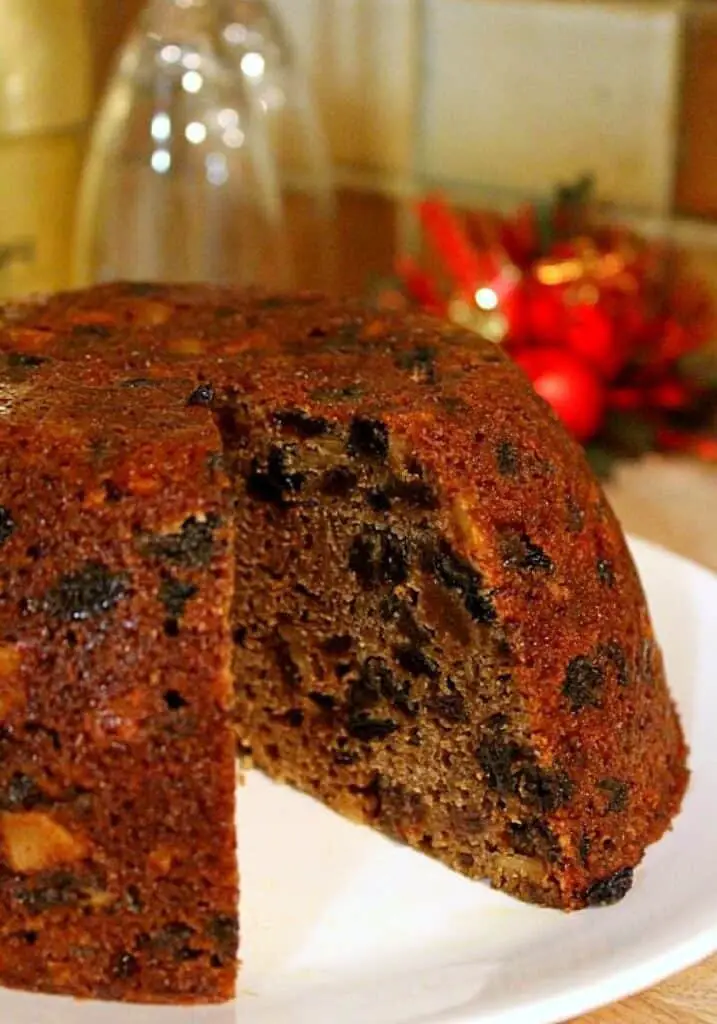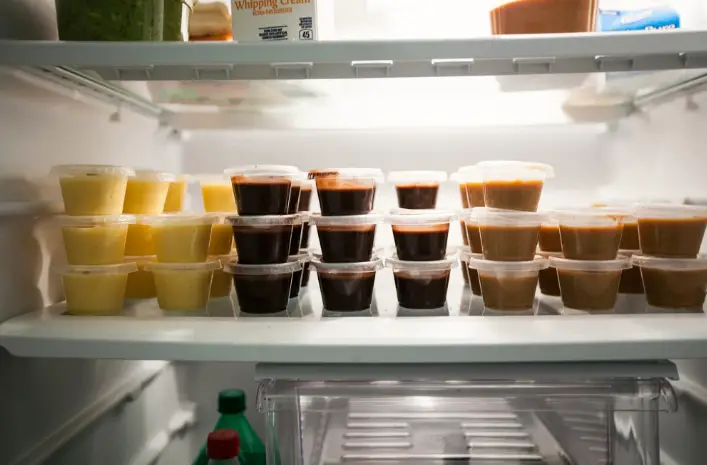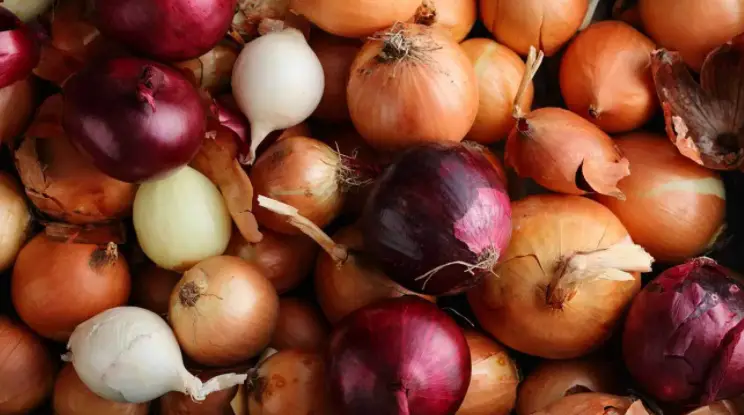How to Fix a Steamed Pudding That Is Not Cooked in the Middle?

Imagine eagerly awaiting the moment when you get to dig into a warm, rich steamed pudding. But you find that it is undercooked in the middle. The disappointment is palpable, but fear not – all hope is not lost!
In this article, we will delve into the art of fixing a steamed pudding that has failed to cook evenly throughout. We will guide you from fixing common mistakes to exploring new solutions. We will help you save your dessert and turn it into a masterpiece worth savoring.
So grab your apron. Prepare for a culinary adventure. We will uncover the mystery of rescuing a stubbornly uncooked steamed pudding.
Reasons for Steamed Pudding That Is Not Cooked in the Middle

Steamed pudding that is not cooked in the middle is a common issue. This can happen due to several reasons, including:
- Insufficient steaming time: The pudding wasn’t steamed long enough. It may not be fully cooked and have a raw center.
- Incorrect water level: If the water level in the steamer is too low, the pudding may not cook evenly, resulting in an undercooked center.
- Poorly wrapped pudding: The pudding is poorly wrapped. If it’s not wrapped tightly in foil or paper, steam may escape. This will stop the pudding from cooking evenly.
- Incorrect temperature: The steamer to reheat is too cold. The pudding may not cook right. This will result in an undercooked center.
- Using the wrong type of mold: Using the wrong type of mold can cause problems. A mold that is too small or not for steaming leads to uneven cooking, making the center undercooked.
How to Fix a Steamed Pudding That Is Not Cooked in the Middle?
To fix an undercooked steamed pudding, you can try the following:
- Re-steam the pudding: If it’s just slightly undercooked, you can re-steam it for less time, like 30 minutes to an hour, to finish cooking it.
- Add more liquid: If the pudding is too dense and not cooking properly, you can try adding a little more liquid to it and re-steaming it.
- Use a thermometer: You can check the pudding’s temperature with it. It should reach a safe minimum of 160°F (71°C).
- Check the pudding regularly: When steaming, it’s key to check it often. This ensures even cooking and no undercooking.
Other Rescuing Tips for Undercooked Puddings
When your sticky pudding emerges from the oven with an unappetizing gooey center, all is not lost. There are quick fixes that can salvage your dessert without compromising its taste or texture.
One effective method is “microwave zapping.” Just cut a slice of the undercooked pudding and put it in the microwave for short intervals. This will cook the middle without making the edges tough. Keep a close eye on it to prevent overheating.
Another rescue mission involves putting the undercooked portions back in the oven briefly. To avoid overcooking, cover these sections with aluminum foil before returning them to heat. This shield will protect the already cooked parts from extra drying out while focusing on cooking through the center. Remember, patience is key. Check often to achieve the balance between cooked and moist.
| Chek out: Can You Eat Unopened Expired Jell-o Pudding? |
Instant Pot Steamed Syrup Sponge Pudding Recipe
Ingredients
- 4 tbsp Golden Syrup
- 2 tbsp white breadcrumbs (use gluten-free breadcrumbs if you have an allergy)
- 150 g soft butter (plus 1 tsp for greasing)- you can also use walnut oil or suet instead of butter
- 150 g caster sugar
- 1/2 tsp lemon extract
- 1 tsp vanilla
- 2 large eggs
- 150 g self-raising flour (use gluten-free flour if you have an allergy)
- 4 tbsp milk
Instructions
- Generously grease a 1 liter (1.5 pints) pudding basin with butter. Cover the bottom of the pudding basin with golden syrup. Then evenly spread the breadcrumbs. The breadcrumbs impart a very light texture to the pudding and are essential for a fluffy pudding.
- Fill a kettle with water and bring it to a boil.
- In a large bowl, whip the butter and icing sugar until light and fluffy. Then beat in the vanilla extract, lemon extract, and eggs(one at a time).
- Fold in the flour until just combined. Lightly stir in the flour. Avoid overmixing, as it can toughen the sponge.
- Tip the bowl into the pudding basin and cover it with the lid. You can also use a disc of baking paper and foil as a makeshift lid. Tuck the foil under the rim of the pudding basin and secure it with a kitchen string or elastic band.
- Place a trivet in the inner pot and fill the pot with the boiling water from the kettle such that it comes up to the 2-liter mark inside.
- Lower the pudding basin into the pot. Cover the pot with a lid, and open the valve. Set to Steam and set a timer to 20 minutes. Use a timer to measure 20 minutes.
- When the time is up, close the valve, press Cancel, then press Manual. Allow the pudding to cook on high for 25 minutes.
- Let the pot naturally release pressure before removing the pudding from the pot.
- Remove the lid and foil. Slide a knife along the inside edges of the pudding. Flip the pudding onto a serving platter.
How Do You Fix a Soggy Christmas Pudding?
Warm your soggy pudding in a microwave or a 150c oven for 5-10 minutes. If the pudding still tastes too heavy or soggy, your best bet is to start all over again.
The Christmas pudding turned out soggy mostly because water got into it while it was steaming. This happens if the pudding basin is not properly covered with foil and baking paper. The water may also get into your pudding if the water in the pan is boiled too hard.
The best way to avoid a soggy pudding is to make sure the pudding basin is watertight before you begin steaming it. Another important factor is the level and temperature of the water in the saucepan.
The water level should be kept below the rim of the pudding basin. Since the pudding requires hours of steaming, the water should be maintained at a simmering temperature.
Last but not least, use a large, pleated piece of baking paper and foil to cover the pudding. If the pudding does not have enough room to expand, it will inevitably turn out to be soggy.






